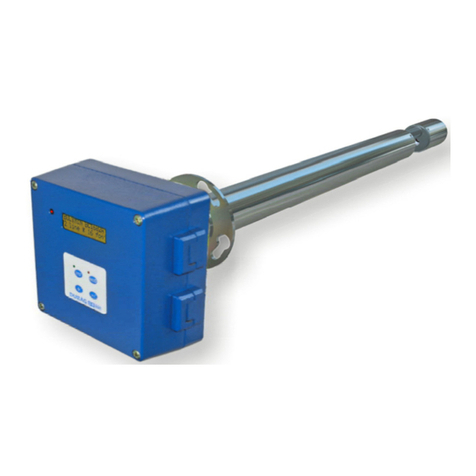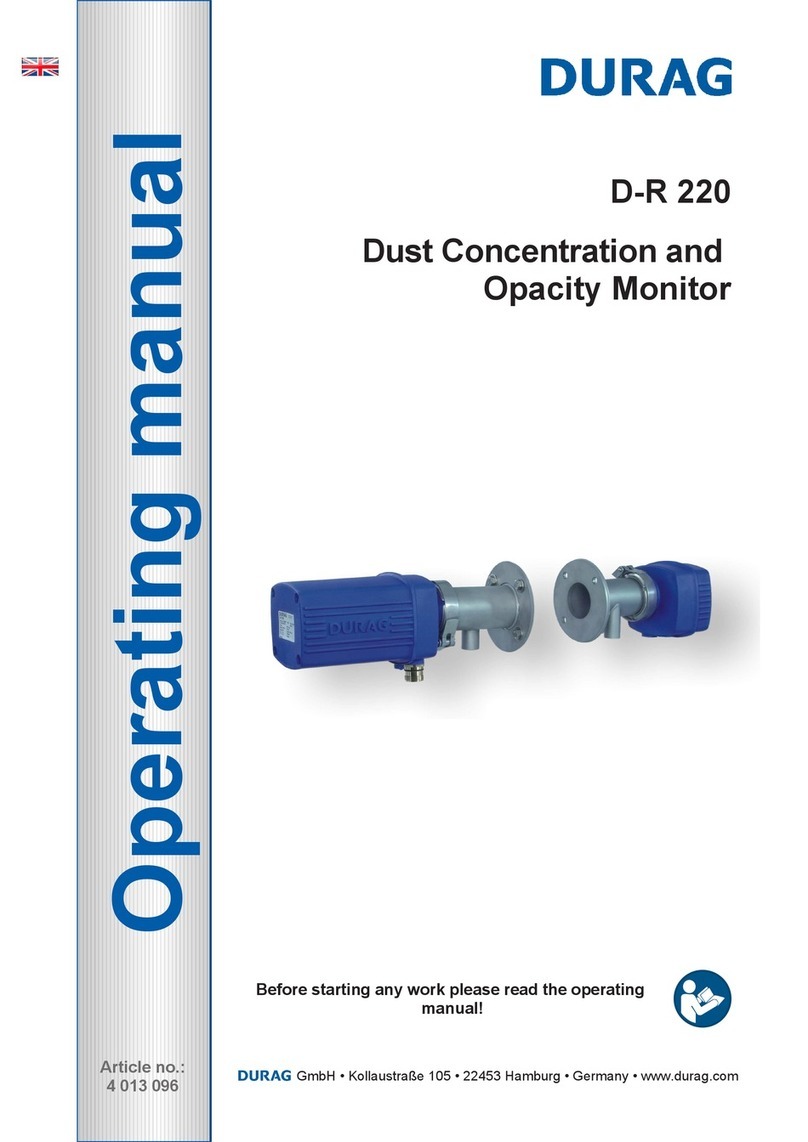
Contents
D−LX 200, D−LX 720 5
Index of illustrations
Figure 4.1: System overview D−LX 200 .................................................................................................. 33
Figure 4.2: System overview D−LX 720 .................................................................................................. 33
Figure 4.3: Block diagram........................................................................................................................ 34
Figure 4.4: D−LX 200 .............................................................................................................................. 36
Figure 4.5: Exploded drawing D−LX 200................................................................................................. 38
Figure 4.6: Exploded drawing D−LX 720................................................................................................. 39
Figure 5.1: Safety screw.......................................................................................................................... 44
Figure 5.2: Dimensional drawing of swivel mount (optional for D−LX 200) D-ZS 033-I.......................... 45
Figure 5.3: Location of the fuses ............................................................................................................. 46
Figure 5.4: Wiring diagram D−LX 200, D−LX 720................................................................................... 47
Figure 5.5: Elimination of the potential isolation...................................................................................... 48
Figure 5.6: Volume flow depending on the purge air............................................................................... 49
Figure 5.7: Purge air connection ............................................................................................................. 49
Figure 6.1: Printed circuit board numbering ............................................................................................ 54
Figure 6.2: Front panel D−LX 200 ........................................................................................................... 55
Figure 6.3: Setting Intensity..................................................................................................................... 55
Figure 6.4: Flicker frequency setting [Hz] of the flame ............................................................................ 56
Figure 6.5: Gain characteristic curves..................................................................................................... 57
Figure 6.6: PCB no.2, () DIP switches S3 and S4 .............................................................................. 58
Figure 6.7: Flow chart for settings by means of current output/LED ....................................................... 61
Figure 6.8: Flow chart for settings by means of InformationCentre ........................................................ 63
Figure 7.1: InformationCentre front screen.............................................................................................. 70
Figure 7.2: "Connection" menu of the InformationCentre........................................................................ 71
Figure 7.3: Display view of the InformationCentre .................................................................................. 71
Figure 7.4: Display view Flame Information ............................................................................................ 72
Figure 7.5: Signal for a measuring cycle ................................................................................................. 73
Figure 7.6: System Settings .................................................................................................................... 74
Figure 7.7: "File" menu ............................................................................................................................ 75
Figure 7.8: "FileSetting" submenu ........................................................................................................... 75
Figure 7.9: "Adjust CurrentOutput" submenu .......................................................................................... 76
Figure 7.10: Extra window with error message ........................................................................................ 77
Figure 8.1: PCP no.4, jumper X2" .......................................................................................................... 84
Figure 8.2: PCB no.2, () DIP switch S5............................................................................................... 84
Figure 11.1: Wiring diagram D−LX 200, D−LX 720................................................................................ 103
Figure 11.2: Dimensional drawing D−LX 200......................................................................................... 104
Figure 11.3: Dimensional drawing D−LX 720......................................................................................... 105
Index of tables
Table 3.1: Default settings for D−LX 200, D−LX 720 .............................................................................. 27
Table 3.2: Suitability of device variants (spectral ranges)....................................................................... 28
Table 3.3: Device approvals .................................................................................................................... 29
Table 4.1: Meaning of the LEDs .............................................................................................................. 40
Table 5.1: Requirements for operation checklist ..................................................................................... 50
Table 6.1: Setting MODE switches S3 and S4........................................................................................ 58
Table 6.2: Setting MODE switches S3 and S4........................................................................................ 65
Table 7.1: System Settings...................................................................................................................... 74
Table 7.2: Data record structure.............................................................................................................. 79
Table 8.1: Setting the jumper X2 ............................................................................................................. 84
Table 8.2: Setting for MODE switch S5................................................................................................... 85
Table 8.3: Modbus RTU Message Frame ............................................................................................... 85
Table 8.4: Modbus Slave Address Range............................................................................................... 85
Table 8.5: Modbus FunktionCode ........................................................................................................... 86
Table 8.6: Modbus FunctionCode(0x03..0x04) Read 16BitRegisters Request....................................... 86






























